GaryLH
Mentor
http://www.getdpi.com/forum/other-cameras/46298-foveon-sensor-better-high-iso-than-i-thought.html
An interesting discussion on how to get good high iso results from a foveon sensor using b&w plus color mixer.
Some iso 4000 ad 6400 examples.
Gary
An interesting discussion on how to get good high iso results from a foveon sensor using b&w plus color mixer.
Some iso 4000 ad 6400 examples.
Gary
Keith
The best camera is one that still works!
Sounds logical but if you're relying almost totally on the pixels from the blue layer it's going to be a fairly low resolution image I'd imagine.
thegman
Mentor
Sounds logical but if you're relying almost totally on the pixels from the blue layer it's going to be a fairly low resolution image I'd imagine.
Isn't the point of Foveon that there are as many blue sensors as there are pixels? i.e. if the image is 1000x1000 pixels, there are a million blue, a million red, and a million green light sensors?
That's how I understood it, anyway.
Keith
The best camera is one that still works!
Isn't the point of Foveon that there are as many blue sensors as there are pixels? i.e. if the image is 1000x1000 pixels, there are a million blue, a million red, and a million green light sensors?
That's how I understood it, anyway.
I was guessing so you may be right!
noimmunity
scratch my niche
http://www.getdpi.com/forum/other-cameras/46298-foveon-sensor-better-high-iso-than-i-thought.html
An interesting discussion on how to get good high iso results from a foveon sensor using b&w plus color mixer.
Some iso 4000 ad 6400 examples.
Gary
Thanks for bringing that to our attention over here.
BTW, I've never had satisfactory results from that debanding tool in Dfine2. I tried it on some of the shots where I had banding in daytime blue skies at low ISOs, and it always left artifacts around object (cloud, tree, mountain) borders.
GaryLH
Mentor
I have better luck w/ b&w using defin for banding issues then color myself..
Gary
Gary
tsiklonaut
Well-known
I'd say Sigma's high-ISO b&w SPP converts are indeed fairly decent stuff for a digital.
I post one of my Sigma DP2s ASA1600 shot, SPP exported raw, no noise reduction. For a digital camera I love that "straight-" looking grain from a color sensor. I reckon no interpolating Bayer-sensor can make the same grain unless with serious software simulating/emulating in PP, IMHO.
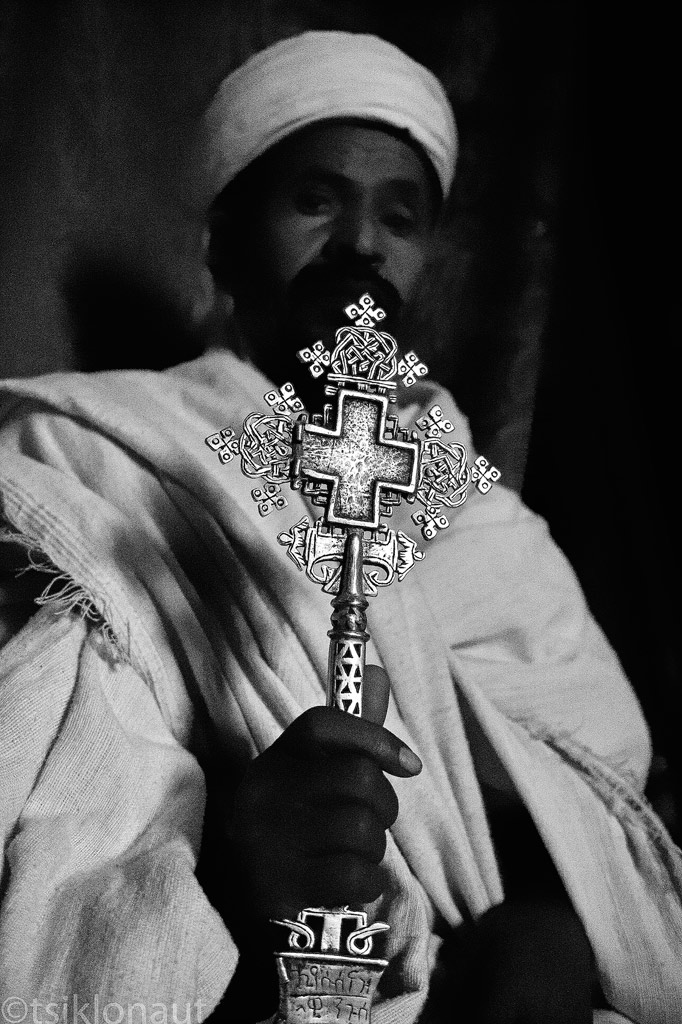
Ethiopian priest with his cross in a dim underground church.
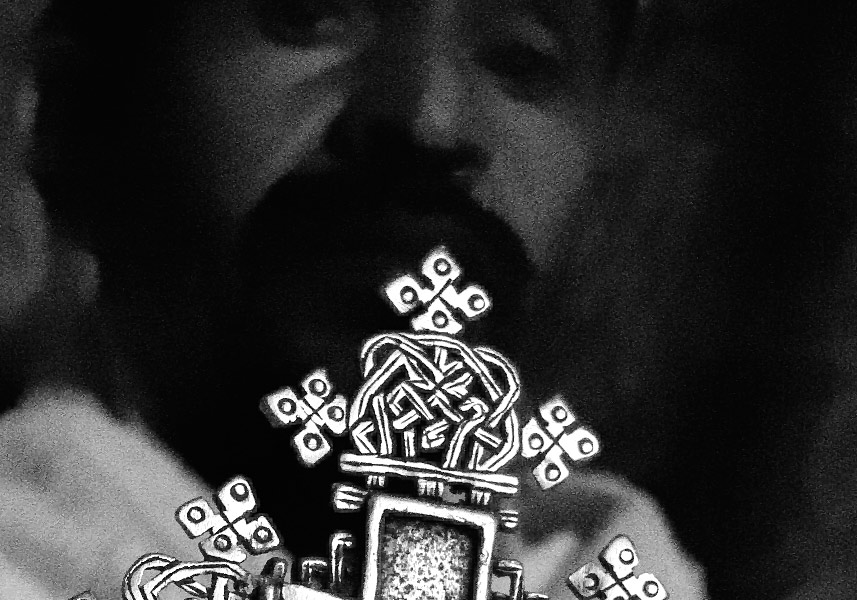
Crop to see the grain features.
Margus
I post one of my Sigma DP2s ASA1600 shot, SPP exported raw, no noise reduction. For a digital camera I love that "straight-" looking grain from a color sensor. I reckon no interpolating Bayer-sensor can make the same grain unless with serious software simulating/emulating in PP, IMHO.

Ethiopian priest with his cross in a dim underground church.

Crop to see the grain features.
Margus
GaryLH
Mentor
Isn't the point of Foveon that there are as many blue sensors as there are pixels? i.e. if the image is 1000x1000 pixels, there are a million blue, a million red, and a million green light sensors?
That's how I understood it, anyway.
Yep, each pixel location has all three colors, so no loss of resolution, but loss in grey scale (tonal quality) instead.
I would suspect that the best use of this is to basically use the color wheel to get the best compromise and then use your favorite denoise sw to clean up the rest or add grain to hide it...
Btw, if u need to be shooting at f2.8 iso 1600, the af hunts a lot... Once it starts hunting, your probability of getting a focus lock on anything is really small.. Better off going to mf mode once u the light is that low..
Gary
GaryLH
Mentor
Nice example Margus...
Gary
Gary
GaryLH
Mentor
Results from my own testing
Results from my own testing
High ISO testing using a recent pic taken this week.. This was hand held at 1/15th so not going to be sharp picture to begin with.
Comparing the results from using DFINE2 with Noise settings in SPP set to -2 versus using various color wheel settings with various reference pics.
All pictures are from same RAW file converted to TIFF16. The shot was a ISO 4000 @ f2.8 and 1/15 second. No sharpening was done to any of these pictures or any other enhancements outside of what is mentioned for each pic.
These were all taken around 9PM in Morro Bay. Overcast night, no moon, only light is from local business and whatever harbor lights were around.
These were converted from full size TIFF16 to max of 1024 JPG for use in web.
The crappy color shot. All the known color issues - default SPP values Luminous at 0 and Banding at 0 (L0-B0)
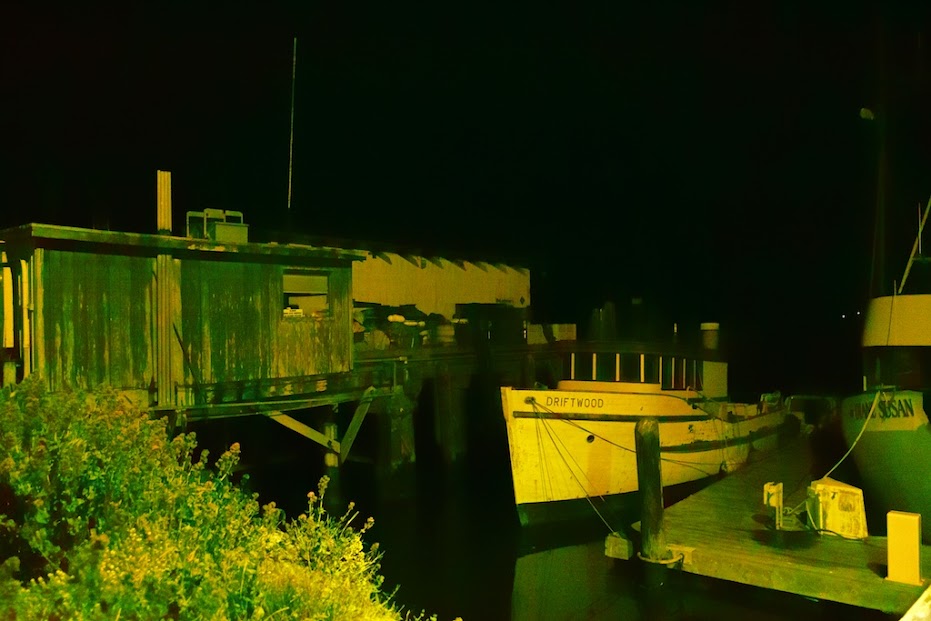
The same as above but Monochrom (L0-B0)
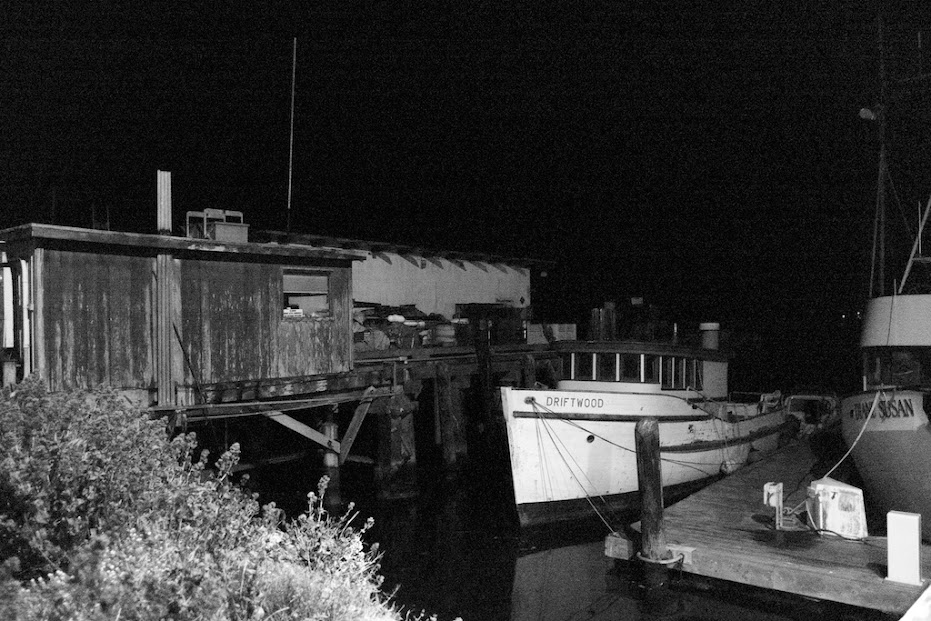
Noise setting changed in SPP to L -1 and B -1

Noise setting changed in SPP to L -2 and B -2
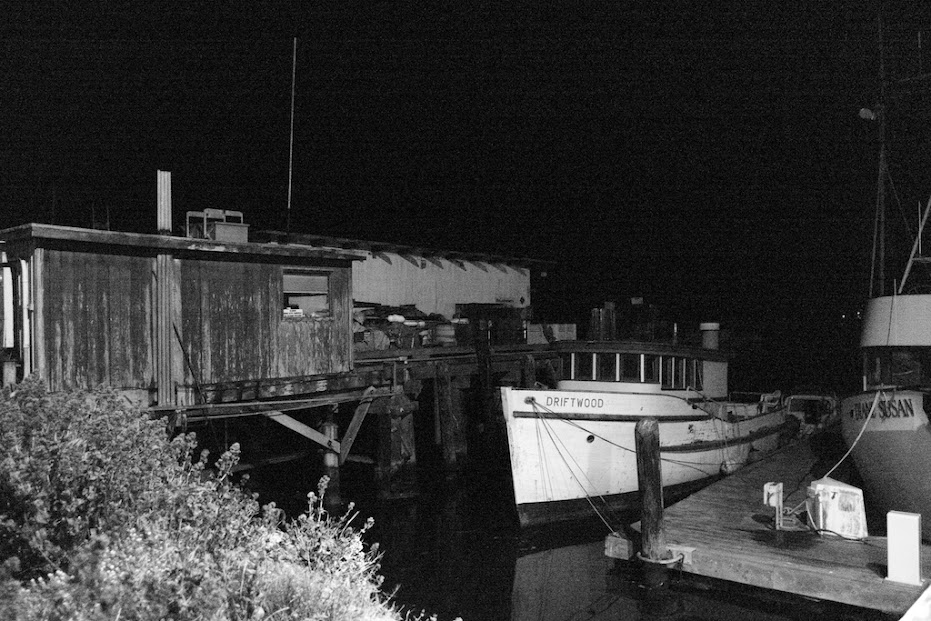
The L -2 and B -2 shot run thru DFINE2 - auto analyze setting
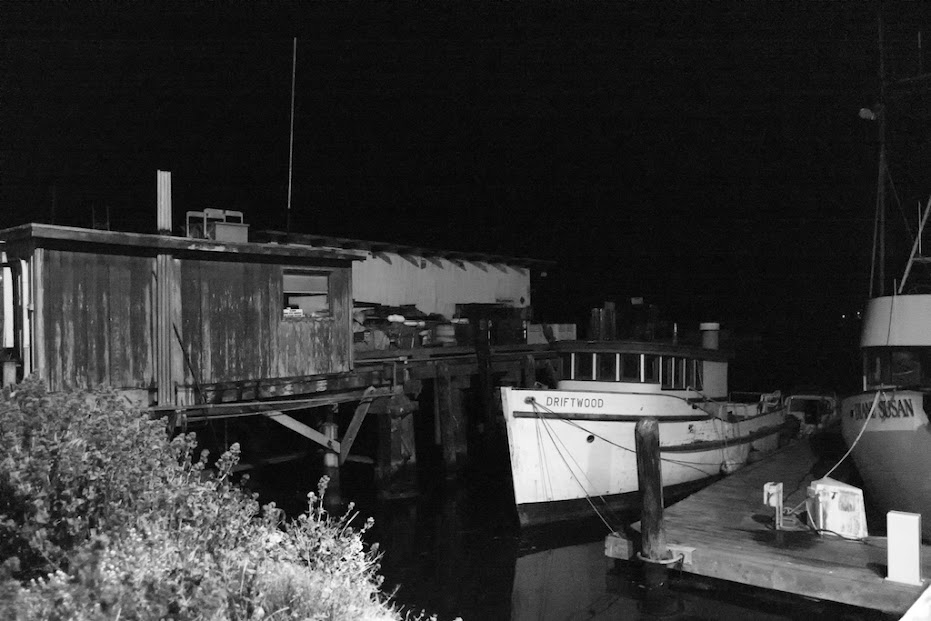
The L -2 and B -2 shot with color wheel set to Red 0 Green 0 Blue 100
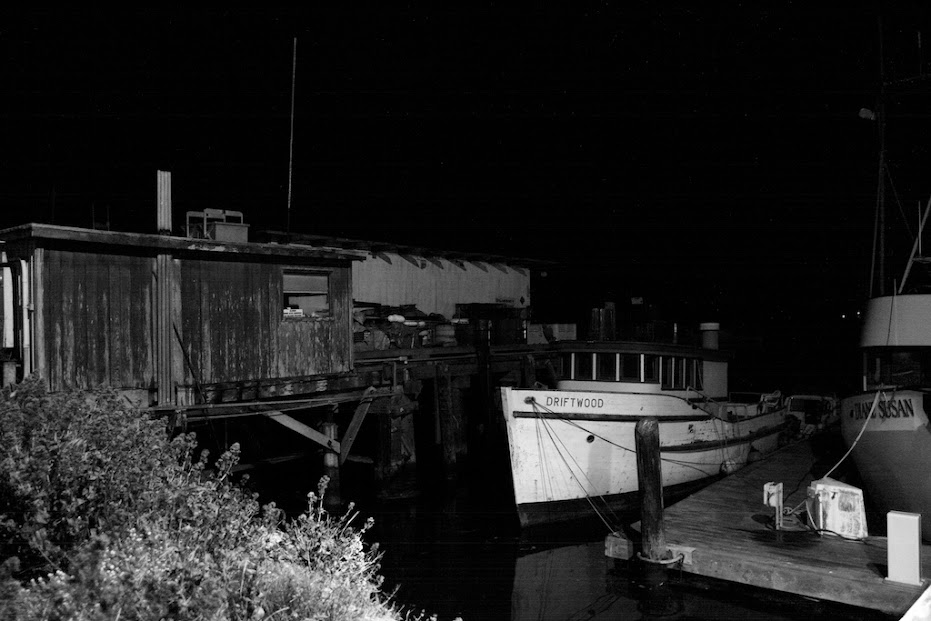
The L -2 and B -2 shot with color wheel set to Red 19 Green 0 Blue 81
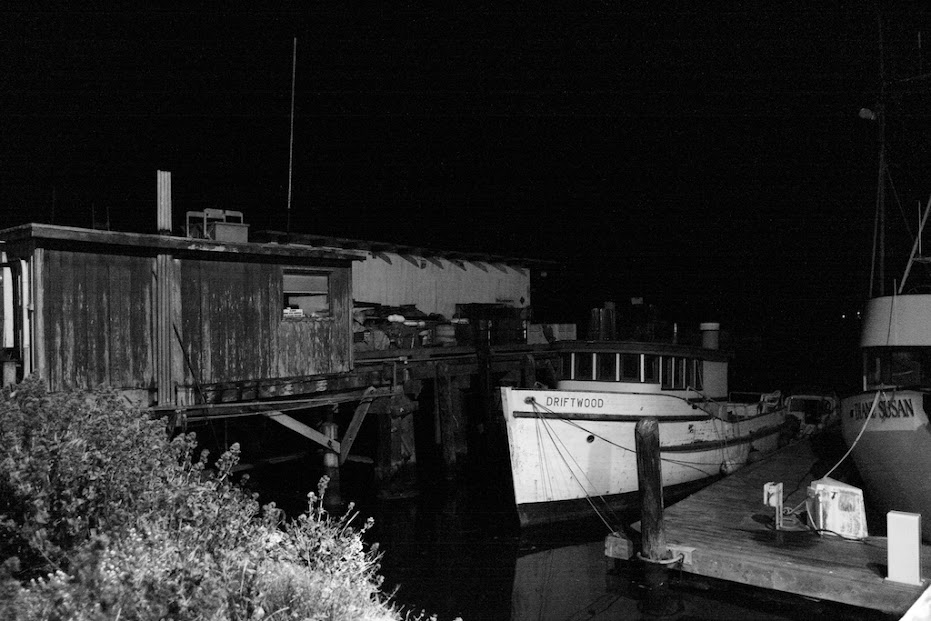
The L -2 and B -2 shot with color wheel set to Red 17 Green 20 Blue 63

The use of the color wheel does remove the noise caused by the effects of signal amplification of the Green and Red color receptors without the de-sharpening that occurs when u use a de-noise application such as DEFIN2. Using 100% Blue gives best results at expense of loosing some of the tonal range. So long as u can keep the other color receptors (Green and Red) to some lower number, the results to me, look pretty decent in terms of bringing back some tonal quality.
Anyway what do u think?
Gary
Ps. Looking at these shots from my iPad, hard to c the noise, but on my iMac it is pretty easy to c the difference.
Results from my own testing
High ISO testing using a recent pic taken this week.. This was hand held at 1/15th so not going to be sharp picture to begin with.
Comparing the results from using DFINE2 with Noise settings in SPP set to -2 versus using various color wheel settings with various reference pics.
All pictures are from same RAW file converted to TIFF16. The shot was a ISO 4000 @ f2.8 and 1/15 second. No sharpening was done to any of these pictures or any other enhancements outside of what is mentioned for each pic.
These were all taken around 9PM in Morro Bay. Overcast night, no moon, only light is from local business and whatever harbor lights were around.
These were converted from full size TIFF16 to max of 1024 JPG for use in web.
The crappy color shot. All the known color issues - default SPP values Luminous at 0 and Banding at 0 (L0-B0)

The same as above but Monochrom (L0-B0)

Noise setting changed in SPP to L -1 and B -1

Noise setting changed in SPP to L -2 and B -2

The L -2 and B -2 shot run thru DFINE2 - auto analyze setting

The L -2 and B -2 shot with color wheel set to Red 0 Green 0 Blue 100

The L -2 and B -2 shot with color wheel set to Red 19 Green 0 Blue 81

The L -2 and B -2 shot with color wheel set to Red 17 Green 20 Blue 63

The use of the color wheel does remove the noise caused by the effects of signal amplification of the Green and Red color receptors without the de-sharpening that occurs when u use a de-noise application such as DEFIN2. Using 100% Blue gives best results at expense of loosing some of the tonal range. So long as u can keep the other color receptors (Green and Red) to some lower number, the results to me, look pretty decent in terms of bringing back some tonal quality.
Anyway what do u think?
Gary
Ps. Looking at these shots from my iPad, hard to c the noise, but on my iMac it is pretty easy to c the difference.
Last edited:
dfatty
Well-known
i do see some differences but they're tough to see on my small and crappy work monitor. i can see a much bigger difference in the pics in the getdpi link, perhaps because it's an inherently brighter photo and more close up.
thanks for the link, i'll have to play around with the color mixer on some high iso b/w pics i've taken. if only spp were faster, i actually like it but it's sooo slow on my laptop.
thanks for the link, i'll have to play around with the color mixer on some high iso b/w pics i've taken. if only spp were faster, i actually like it but it's sooo slow on my laptop.
Keith
The best camera is one that still works!
I tried this with an image in SPP and it definitely works ... we discover interesting things about the foveon sensor as we use these unique cameras more. It's a big part of their appeal IMO ... it's not 'just another digital camera!'
Eric T
Well-known
Gary,
Thank you so much for bringing this to our attention. I was able to take some low light photos outdoors tonight during the tropical storm that is passing through North Florida tonight.
This is very interesting and a great deal of fun.
And learning more about SPP was fun as well!
Thank you so much for bringing this to our attention. I was able to take some low light photos outdoors tonight during the tropical storm that is passing through North Florida tonight.
This is very interesting and a great deal of fun.
And learning more about SPP was fun as well!
Keith
The best camera is one that still works!
Gary,
Thank you so much for bringing this to our attention. I was able to take some low light photos outdoors tonight during the tropical storm that is passing through North Florida tonight.
This is very interesting and a great deal of fun.
And learning more about SPP was fun as well!
SPP isn't a bad piece of software IMO ... especially when I think back to how godawful 'silkypix' that comes with Fuji's cameras is.
GaryLH
Mentor
After playing around w/ this, I feel pretty comfortable w/ using higher iso for monochrom stuff.. My c1 and c2 setups are for mono my c3 color will remain the same.
I changed my c2 setting to use autoiso w/ max at 3200 and switched my c1 setting to mf, f16 and autoiso max at 6400.. Too bad it does not remember the distance.. At f16, I can set a hyper focal @12ft and be in focus around 7 to inf on the dp2m.
Gary
I changed my c2 setting to use autoiso w/ max at 3200 and switched my c1 setting to mf, f16 and autoiso max at 6400.. Too bad it does not remember the distance.. At f16, I can set a hyper focal @12ft and be in focus around 7 to inf on the dp2m.
Gary
noimmunity
scratch my niche
I took some test shots and it's amazing what the reliance on blue channel can do in certain circumstances.
GaryLH
Mentor
I took some test shots and it's amazing what the reliance on blue channel can do in certain circumstances.
Yep...
It really shows what is really happening at the pixel level. The blue layer being the top color pixel needs very little signal amplification compared to the green or red layer below it. To get the equivelent signal amplification of the top most layer, each additional layer needs more amplification, thus introducing more noise w/ each additional layer.
If this had been a pure monochrom sensor, I would suspect one would get clean iso up to 6400.
The color wheel was originally intended to be used to emulate different color filter effects on the mono image. Since the raw image has RGB info (0-255 for each color), using the color wheel to isolate to info for blue layer is pretty easy.
Gary
noimmunity
scratch my niche
If this had been a pure monochrom sensor
Where's a latter-day Paul Simon when you need him?
"Mama don't take my foveon away-hey-hey-hey!"
Keith
The best camera is one that still works!
Where's a latter-day Paul Simon when you need him?
"Mama don't take my foveon away-hey-hey-hey!"
I wonder what Sigma are doing regards foveon technology ... will they work to remove some of the quirks, imrove high ISO etc?
Eric T
Well-known
I wonder what Sigma are doing regards foveon technology ... will they work to remove some of the quirks, imrove high ISO etc?
I had to do a lot of driving today so that gave me time to think about improving the foveon sensor for better low noise performance at high ISO.
I think the basis of the outstanding high ISO performance of blue-channel only B&W photos gives us the answer.
It seems to that a combination of foveon and x-trans sensor technologies would solve all (or nearly all) problems. Recall that foveon pixels each have blue, green and red channels. Now randomize the order of the three color channels on each pixel. That is, blue channel would be on top in 1/3 of all pixels on average, red on top for 1/3, and green on top for 1/3. Next randomize the order of the top pixels on the upper surface of the sensor. This might require a large sensor than APS-C.
This strategy should give the high resolution of a foveon sensor and the low noise, high iso performance of the x-trans sensor with no moire.
However, this would probably require the collaboration of Fuji and Sigma because of their respective intellectual property. I have no idea if that is possible.
Share:
-
This site uses cookies to help personalise content, tailor your experience and to keep you logged in if you register.
By continuing to use this site, you are consenting to our use of cookies.

